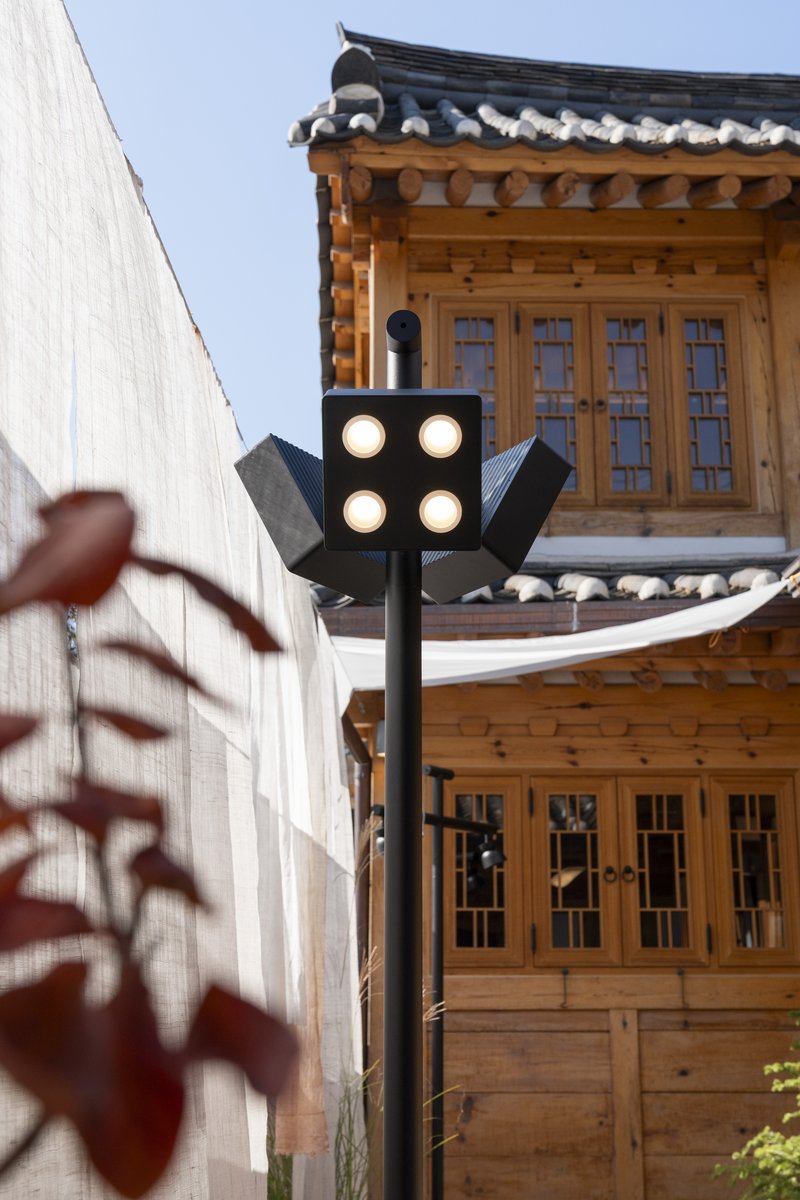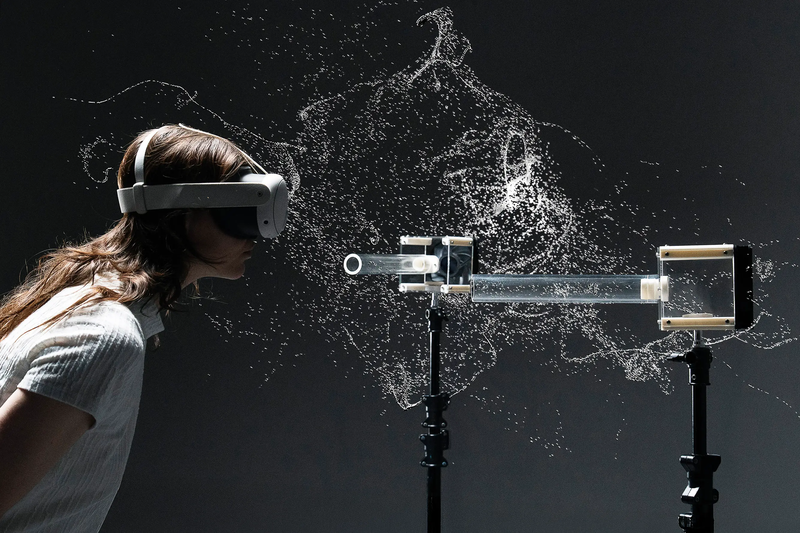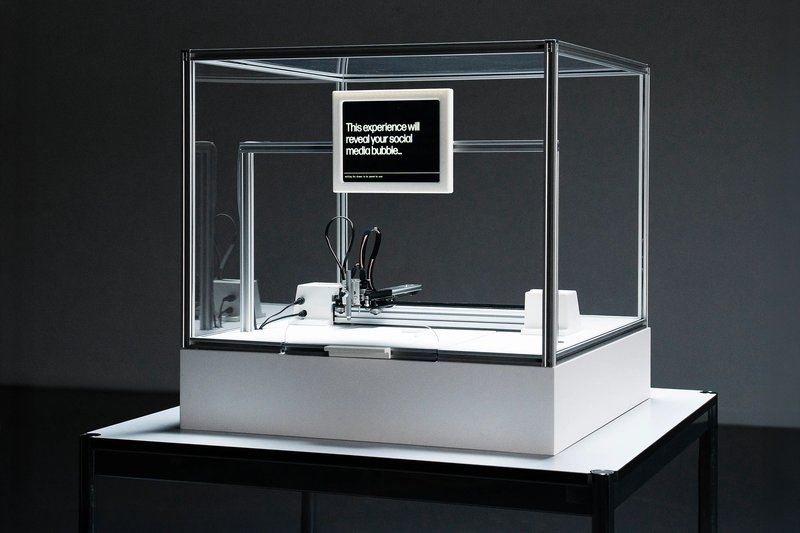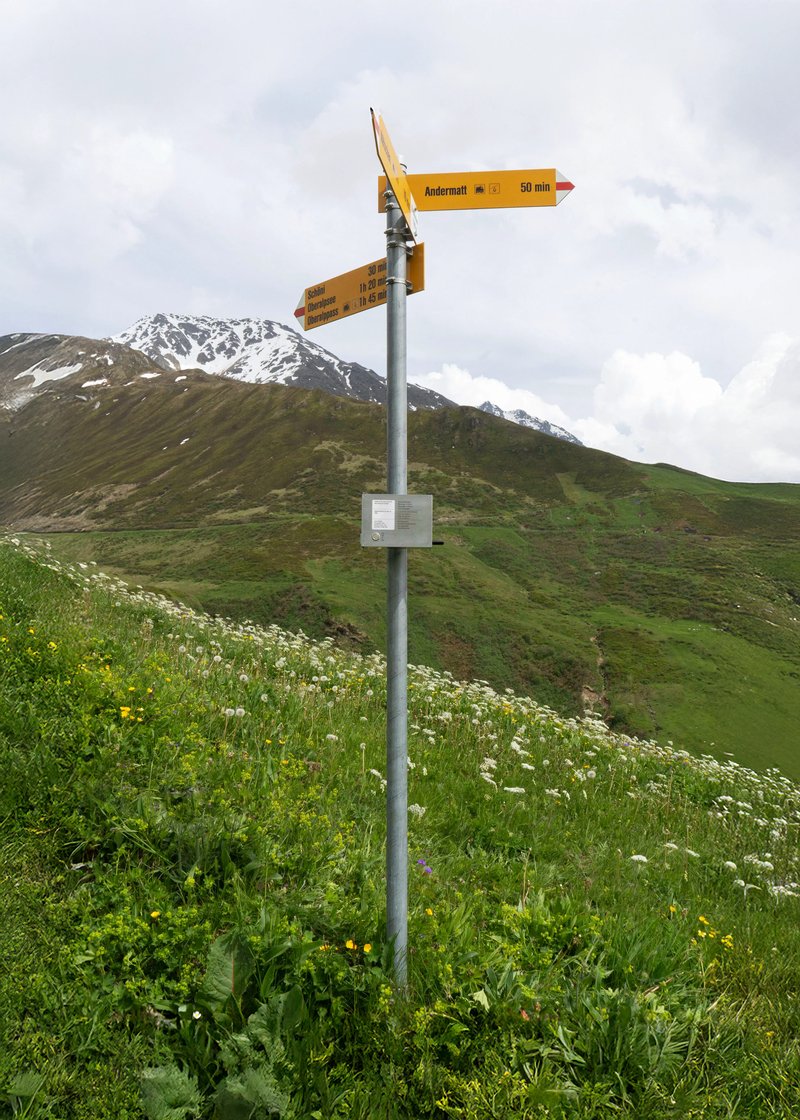
BA INDUSTRIAL DESIGN
ECAL x AGO - Seoul Highlights
with Adrien Rovero
AGO Lighting has come together with ECAL Bachelor students in Industrial Design, under the guidance of Swiss designer Adrien Rovero, to conceive a collection of lighting installations to be used in public places such as museums, hotel lobbies, coffee bar and so on. Focusing primarily on the spatial aspect of light, our approach was to design lighting structures based on components supplied by AGO and inspired by the fabric of Seoul, rather than creating mere lamps.









